Europe ranks second smallest continent in the world behind Australia with a total land area of 10,180,000km² (3,930,000 square miles). 44 countries are part of Europe according to United Nations.
Europe’s economy suffered heavily during World War I and World War II. Many central and eastern European countries succumbed to the pressure of Russia during the Cold War and formed COMECON (Council for Mutual Economic Assistance).
Most of the other countries which opted for free-market policy received huge funding from the United States. Many western European countries came together and formed European Union to link their economies which boosted cross-border trade and improved their economies whereas COMECON countries are still struggling.
List of 14 Poorest Countries in Europe
Many countries later joined the European Union as communist rule fell in eastern European countries post the downfall of the Soviet Union. As of today, European Union is among the top three largest economies in the world. There are many European countries that are very wealthy while many countries are still struggling.
As Russia launched a military operation on Ukraine in the month of Feb’22, there is a growing risk of dragging other European nations as well if the war escalates further.
We will discuss the top 14 poorest European countries in our article based on their GDP per capita as of 2024 based on the data provided by the International monetary fund (IMF).
For readers who are not from economic backgrounds GDP per capita = Gross domestic product divided by the total population. GDP is the sum of marketed goods and services produced in the country.
Below is the list of the 14 Poorest Countries in Europe:
1. Moldova – GDP Per capita $3,300
Moldova officially called the Republic of Moldova is the poorest country in Europe with its GDP per capita of just $3,300. Moldova shares its border with Romania and Ukraine. The name Moldova has been derived from the river Moldova. Moldova, which was an earlier part of the USSR faced a rapid decline in the economy and its citizens had to go through severe financial hardships post the downfall of the Soviet Union in 1991.
There are several factors that contributed to the decline in industrial and agricultural output like errors in social policy, food insecurity among others. The services sector picked up growth later and it now contributes more than 60% of the nation’s GDP which helped in decreasing the percentage of citizens living below the poverty line in the last two decades.
2. Ukraine – GDP Per capita $3,425
Ukraine is the second in the list of Europe’s poorest countries with a per capita GDP of $3,425. Ukraine which was earlier part of the USSR was the second-largest economy but slipped into recession post-collapse of the USSR.
Over the last many years, war has been steadily waged in Ukraine that left more than 850,000 people displaced internally and an estimated 3 million Ukrainians are in dire need of humanitarian aid.
Russian President Vladimir Putin ordered a military operation in eastern Ukraine on 24th Feb’2022. The ongoing war between Russia and Ukraine resulted in more than 1.3 million people fleeing Ukraine which is one of the fastest ever in such a short time frame.
The war resulted in innocent deaths, massive devastation of infrastructure, and huge displacement inside the country and across the neighboring countries in Europe. The US and its allies have imposed severe economic sanctions on Russia however refused to provide any military aid to Ukraine, which is not a member of NATO (North Atlantic Treaty Organization).
Ukraine has the third-largest military in the Euro region after Russia and France. Ukraine has a total area of 603,628 km2 (233,062 sq mi)
3. Kosovo – GDP Per capita $5,020
Kosovo officially referred to as the Republic of Kosovo is a partially recognized state with per capita GDP of $5,020. Kosovo ranks third in the list of Europe’s poorest country wherein one-third of the country’s population falls below poverty.
In absolute terms, it implies 550,000 lives in poverty earning less than 500 Euros in a month. Kosova has a very high unemployment rate of more than 30% as of 2020 which is expected to come down in coming years as it is now a developing country witnessing economic growth in the recent past.
4. Albania – GDP Per capita $5,373
Albania also called the Republic of Albania has a GDP per capita of $5,373. Albania was in the transition process from a socialist economy to free-market economy post disintegration of the USSR in the 1990s.
Albania is rich in natural resources like oil, natural gas, iron, coal, and limestone which is helping in reviving Albania’s economy. Albania which is spread across an area of 28,748 km2 (11,100 sq mi) is now a developing country dominated by the service sector and manufacturing industry.
5. North Macedonia – GDP Per capita $6,096
North Macedonia which gained independence in 1991 is ranked fifth in the list of the poorest countries in Europe. North Macedonia which has its GDP per capita of $6,096 is undergoing a drastic change in its economy recently. Trade contributes to more than 90% of the country’s GDP.
In spite of reforms implemented successfully by the North Macedonia government, there is a high unemployment rate of about 16.6%. At one point in time, North Macedonia had the highest unemployment rate of 38.7%.
6. Bosnia and Herzegovina – GDP Per capita $6,536
Bosnia and Herzegovina abbreviated BiH or B&H is ranked sixth in the list of the poorest country in Europe with a per capita GDP of $6,536. The single biggest factor for the cause of poverty in Bosnia is its legacy of war.
Bosnia was a well-doing economy before the conflict started between Bosnia and Herzegovina in 1992-1995 which is also known as the Bosnian War. It took two decades for the country to return back to normalcy.
During the war, many men died in the battle which caused one-fourth of Bosnian households to be headed by women. There is wage disparity where women were paid less than men which caused many families to fall into poverty.
7. Belarus – GDP Per capita $6,604
Belarus like its erstwhile Soviet republics faced deep economic trouble after the collapse of the USSR which made it the seventh poorest European country.
Before 1990, had the highest living standard and its economy was doing phenomenally well. Belarus was facing an economic crisis till 1996 after which it started to recover. The GDP per capita income of Belarus is $6,604.
8. Montenegro -GDP Per capita $8,704
Montenegro’s economy which relies primarily on energy industries registered GDP per capita of $8,704. Rapid urban expansion leading to deforestation is eroding the natural resources of the country making it more vulnerable. Gender and age discrimination is high causing income disparity, especially for women.
Almost 50,000 of Montenegro’s population is comprised of internally displaced persons and refugees. The poverty rate in Montenegro is approximately six times more than the national average rate of 8.6%.
9. Serbia – GDP Per capita $8,748
Serbia is one of the poorest European countries at ninth place with a per capita GDP of $8,748. Serbia witnessed good economic growth for 8 years at the beginning of the 2000s.
Serbia’s economy registered negative growth in 2009 because of the global financial crisis which led the country’s external debt to rise to 63.8% of its GDP. Serbia is prone to natural disasters like floods and earthquakes which impact the country’s economic progress.
10. Bulgaria – GDP Per capita $11,350
Bulgaria is ranked tenth in the list of Europe’s poorest countries with a per capita GDP of $11,350. When Bulgaria lost its soviet primary market in the 1990s, it attempted to transform itself into a free-market democratic economy which caused a further dent in Bulgaria’s economy.
Bulgaria was hit hard again in the 2008 global financial crisis. Bulgaria’s economy is vulnerable as more than 41% of its population is at risk of falling into poverty according to IMF research.
11. Croatia – GDP Per capita $14,033
Croatia officially known as the Republic of Croatia ranks 11th place in the list of Europe’s poorest countries with a per capita GDP of $14,033. Croatia has a land area of 56,594 square kilometers (21,851 square miles).
Croatia’s reform for privatization and move to a free-market economy was just started by the new Croatian Government when tensions grew and escalated into war in the year 1991. The revenue-rich tourism industry of Croatia suffered major economic loss because of war which led to a more than 40% fall in the GDP.
12. Romania – GDP Per capita $14,469
Romania which derives its name from the Latin name Romanus has a GDP per capita of $14,469.
Romania witnessed good economic growth in the early 2000s which is predominantly dominated by the service sector now. Romania is a producer of machines and electric energy and turned into a net exporter of the same.
13. Poland – GDP Per capita $15,304
Poland officially called the Republic of Poland registered a per capita GDP of $15,304 covering an area of 312,696 square kilometers (120,733 sq mi). Poland is one of the most populous states of the European Union with nearly 38.5 million population.
Poland is now a developed market and the fifth largest in terms of purchasing power parity. Poland is now the fastest-growing market wherein 60% of its working population is employed in the service sector and the rest of them in the manufacturing and agricultural sector.
14. Hungary – GDP Per capita $15,372
Hungary is ranked 14th in the list of poor European countries with a GDP per capita of 15,372. Before World War II, Hungary’s economy was agriculture-driven. Later forced industrialization policy influenced by Soviet patterns changed the economic nature of the country.
Even though it witnessed rapid growth due to Soviet-type economic modernization but it was on the basis of outdated technology. New tech sectors like modern infrastructure, services, and communication were ignored and priority was given to heavy industries of iron, steel, and engineering.
In the early 1990’s Hungary’s liberal foreign investment reforms were a huge success in attracting more than 50% of the entire foreign direct investment in central and eastern Europe. Hungary is now a developed economy.
The most important natural resources of Hungary are its fertile soil and the availability of water resources in its central and eastern regions. Hungary attracts more than 15.8 million international tourists every year until the pandemic hit the entire world.


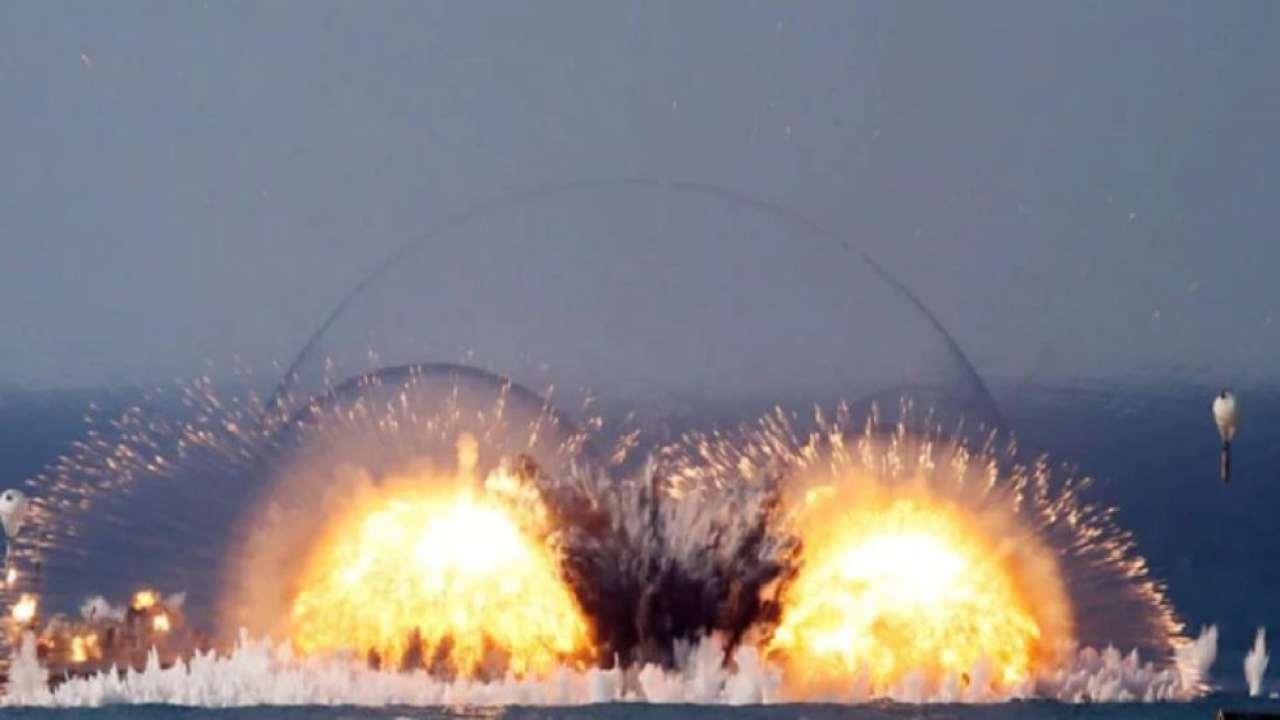
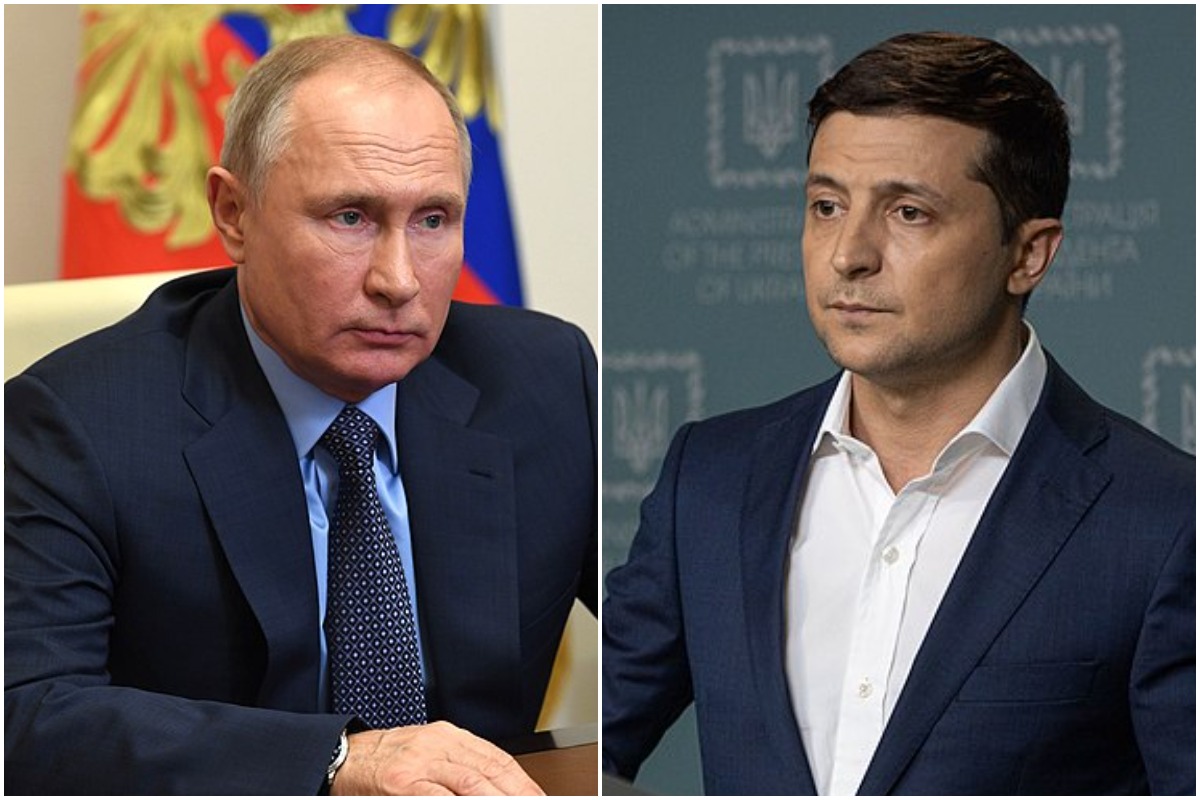
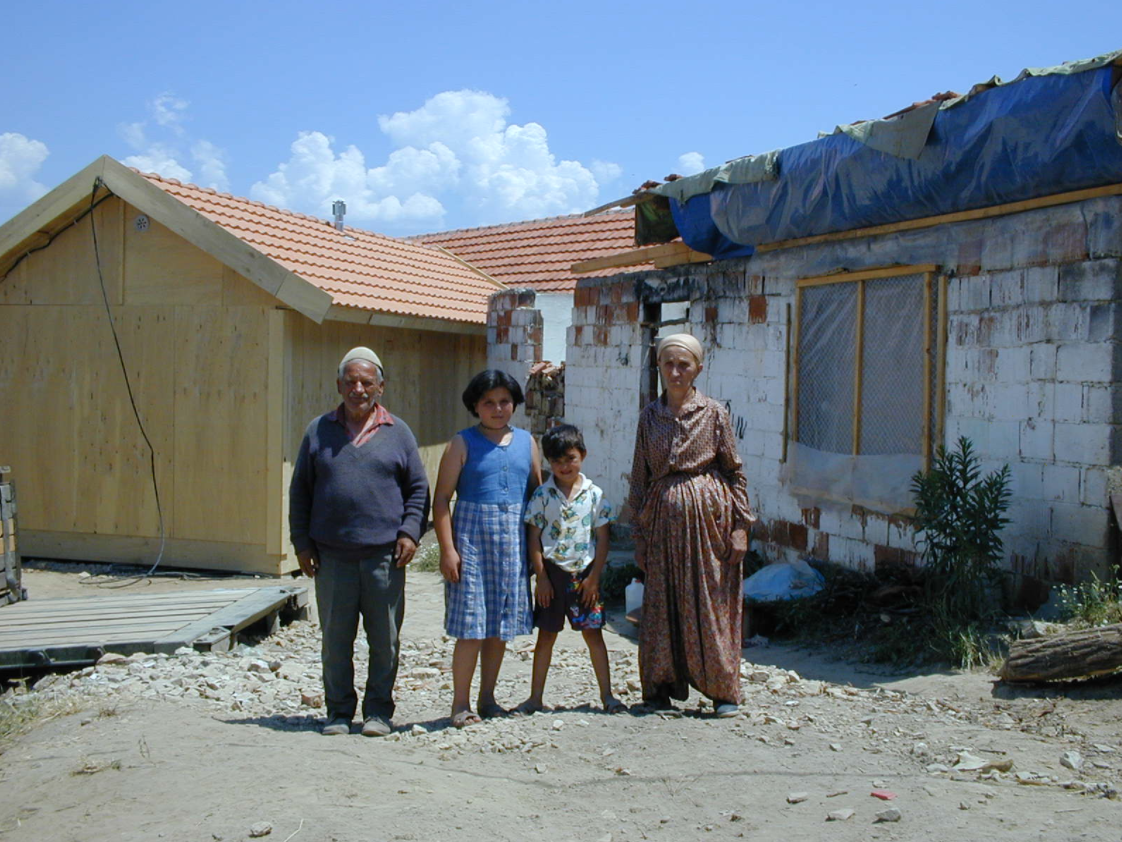

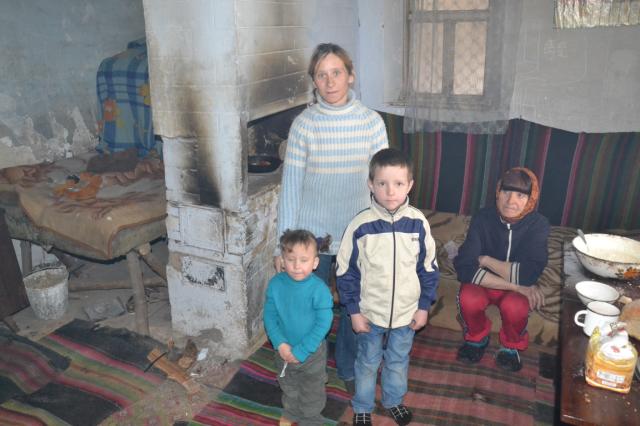
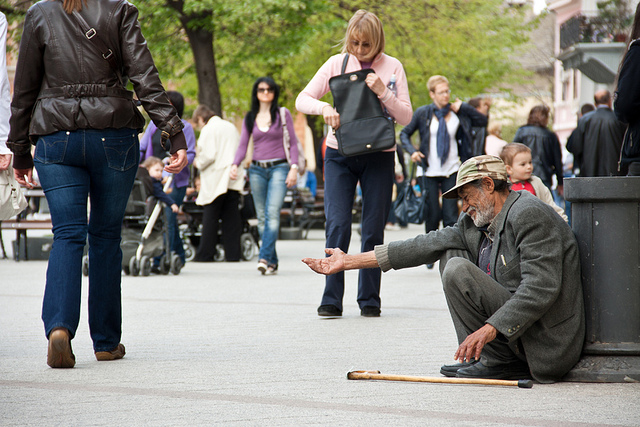
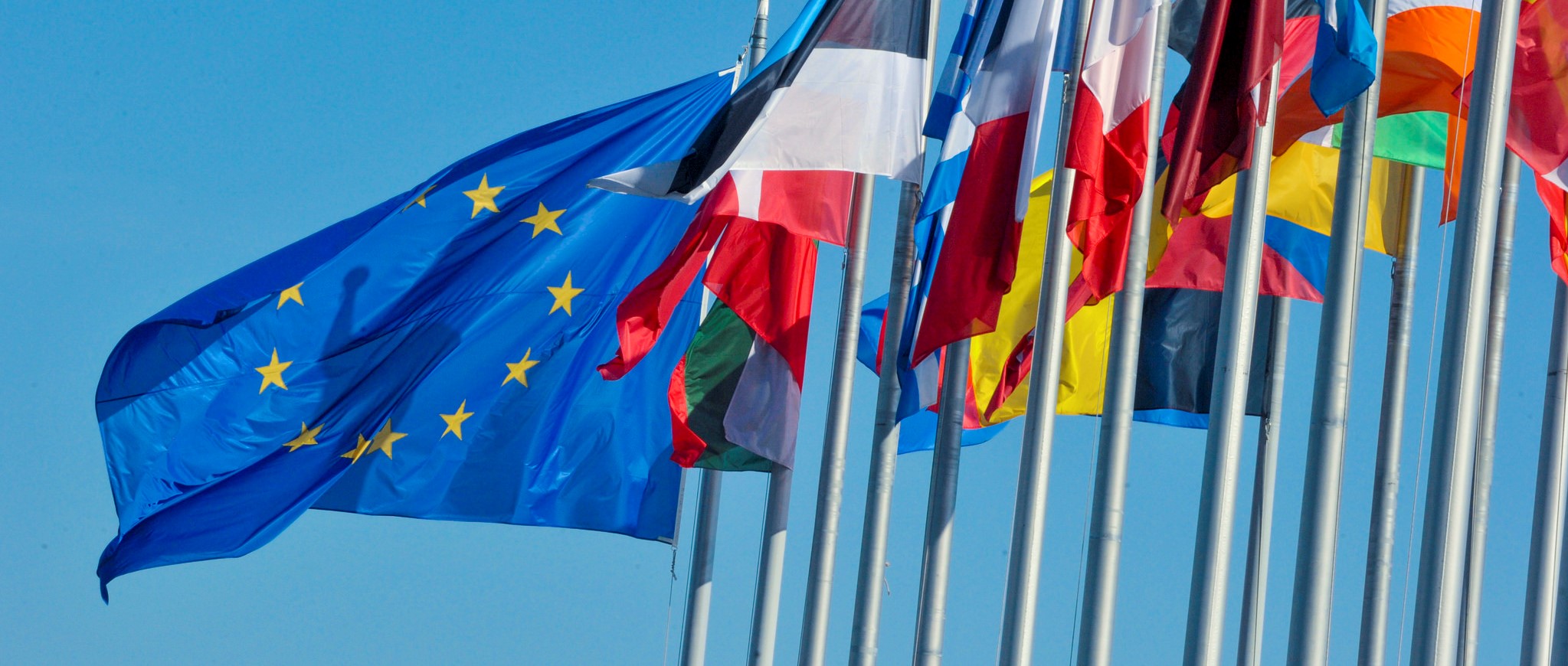
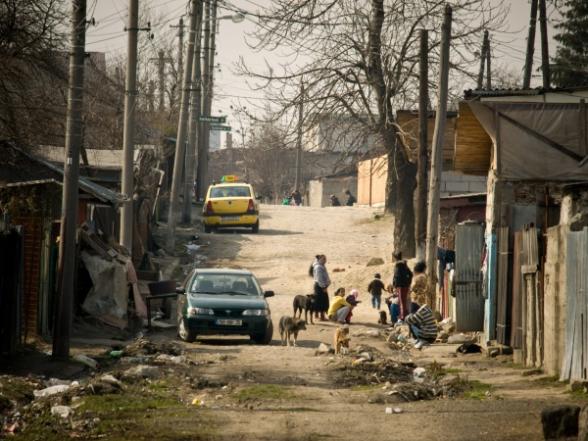
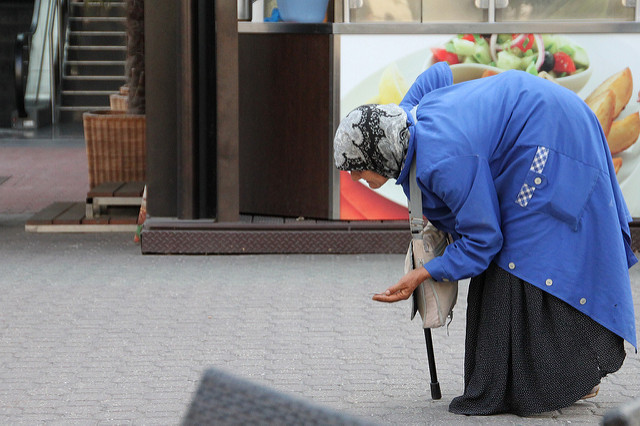
Nella prima foto, quella della Moldavia, avete messo la foto del teatro nazionale a Belgrado.
these countries in Eastern Europe like Poland, Hungary and Albania have some of the worst human rights abuses in all of Europe.They are very poor, have right-wing and totalitarian-style governments with dictator wanna-be’s in charge and refuse to allow same-sex marriage and basic civil rights for their LGBT citizens. It is always the poor, backward, ignorant and religious societies around the world that seek to suppress and victimize their minorities, including their gay citizens. Have these wretched places not heard of the simple concept of “Consenting Adults”, and entered the 21st century?
Military operation against Ukraine? Are you rxtarded or something??? It’s war!
Yes, a special military operation which is the official statement given by Russia. However, the entire world knows it is a war.
Poland’s GDP per capita is $17,840 in 2022. There is an error in the article
Yugoslavia was a very rich country – in my elementary school in Belgrade, we had a swimming pool, skate possibility for FREE in winter, biology-/ physics, -/ chemical… laboratories…. all sports’ fields and super kind teachers.
Today, my children in one of the richest EU countries, in Switzerland – they don’t have the same education level.
And, when I was in New York, I was shocked by number of drugged and poor people who slept on streets and asked money. Atlanta and Los Angeles are worse…
But, you, Western people, you like to believe that you are better – you are just better in bombing others, stealing oil (Iraq, Syria, Libya…), diamants (Africa), geostrategic positions (Kosovo), robbing poor – you used slavery that was never practiced by Slavonic people!